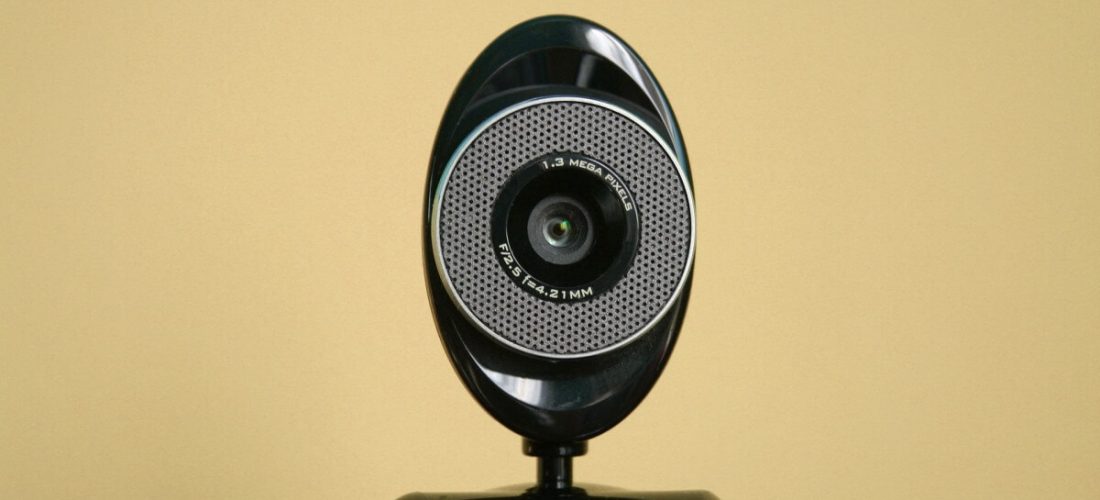Well done, you’ve submitted your resume and reached the next stage – a video job interview. Although this may be your first on screen assessment, they are becoming ever more popular with employers. If you want to do well in this type of interview format, you need specific skills that you wouldn’t use in a typical face to face job interview.
In this article, we share our best tips on how you can prepare for a video job interview and increase your chances of acing it.
Why video job interviews are becoming common
Video job interviews allow multiple decision makers to assess more candidates more quickly, which of course is a benefit for employers.
However there is a downside for the candidate. Unfortunately you won’t get a sense of the people who you will be working with most closely. You also miss out on the opportunity to ask questions to assess the suitability of the role and the employer. However most video job interviews are followed by a more standard face to face interview, where you can ask questions and work out whether the job is right for you.
How a video job interview works
In a typical video job interview, you will:
- Download an app or software to your phone or computer.
- Switch on your webcam.
- Answer questions (usually up to 10) written on the screen.
- Film yourself.
Usually you will have a set amount of time to answer each question. You may also get the opportunity to play back and review your answers and, if you are not happy with what you said, re-record your response either a limited number of times or until you are happy with it.
The process is similar to Skype or Facetime. The main difference is, instead of interacting with and responding to another person, you only have written questions to respond to.
How to deliver a winning performance
Although you have no control over the questions you are asked, there are plenty of aspects of your performance you can control. Don’t do what most people do, which is to sit down, switch the camera or app on and go. Would you attend a face to face interview with a similar lack of thought and preparation?
It is likely the recruitment process will involve multiple viewers, who may watch your video job interview multiple times. This is something that can’t be done in face to face interviews, and so they may be more critical viewing a video. So it is vital that you get it right.
Here are our top 10 tips to ensure you do well in your video job interview:
1. Get comfortable
Keep a glass of water nearby. If you can adjust the temperature, have the room at a temperature that is comfortable for you.
2. Clear the background
The less clutter in the background, the better. A plain wall is ideal, and the further away the better. Aim for at least a metre of space behind you to reduce the amount of shadow visible. Avoid having mirrors behind you, as you don’t know what they will reflect.
3. Wear suitable clothing

Make sure you look the part.
Avoid bright colours, blacks or whites as the webcam will overcompensate and your face will either be overexposed or washed out. Don’t wear ‘busy’ patterns, particularly close stripes or high contrasts, as these can distract the viewer. Plain blue, grey or beige work well as do solid, softer colours.
4. Avoid being disturbed
Get rid of background noise and minimise the risk of interruptions.
Conduct your filming somewhere quiet, with as little background noise as possible and where a child or pet isn’t going to jump in front of the camera. If your neighbour starts mowing their lawn while you are conducting the filming, for example, just acknowledge it and keep going.
5. Make eye contact
Look into the web camera, not at the screen. Try to imagine you are talking to a real person. If you are tempted to look at the screen or the question you have been asked, place an image of a face just below or next to your web camera. This will make you more likely to look at the image when you are talking.
Don’t be afraid to smile!
6. Check all your equipment is working
Fully charge any batteries of the devices you want to use. Make sure the microphone and camera are switched on and functioning. If you have a separate microphone or headset and webcam then use them, as they are often of a higher quality than what comes in-built.
Check the sound is working before you start.
Make sure the room is bright enough. Check the lighting of the filming location and how it looks on screen prior to the interview. You don’t want a prospective employer to only see a sinister looking silhouette. Two lights either side of you and to the front, at about the same height as the camera, are better than an overhead light.
7. Have a pen and paper handy
As you go through the video job interview you may have thoughts you want to include in your presentation.
8. Understand how your camera operates
Be familiar with the camera function of the app or device you are using. Check it is clean and positioned at the best angle. A web camera on a desk top or a phone is likely to be positioned too low. The ideal position is just above your own eye line, so you will probably need to raise the screen or device.
9. Practice makes perfect
The best way to evaluate how well you will perform in a video job interview is by watching and listening to yourself. But most of us don’t like the sound of our own voices when we hear ourselves played back. We also can feel uncomfortable watching ourselves.
So become familiar with how you look and sound. Have a few attempts at recording yourself and watching it back before the interview, when the pressure is off. Then you can concentrate on what you are saying and ensuring you give the best possible response, rather than thinking about how you look and sound and allowing that to impact negatively on your performance.
Think about what the interviewers are likely to ask you. If you were hiring for the position you are applying for, what would you want to know?
If you are worried about forgetting what you want to say, keep a few notes in large print around the screen behind the web camera to jog your memory. These notes should be short form rather than a full script.
10. Body language
Stand up. Standing up allows you to use a full range of body language. If you prefer to sit down, don’t put your chin on your hand or twirl your hair as this could muffle your voice. Keep your hands away from your face. Think about your posture and do a few deep breaths before answering questions.
Take advantage of any opportunities to re-record yourself to eliminate nervous body language and eliminate long pauses, ‘ahs’, ‘ums’ and ‘likes’.
Finding out what the next step is
As with any kind of job interview, follow up with the employer. If you have the contact details of the person to contact regarding the hiring process, get in touch and ask what the next stage is and when you will be notified.
If you need further career coaching or would like help with your video job interview preparation, please contact Glide Outplacement.
